N-1wsletter #23: Another gravel suspension fork, more affordable 3D-printed saddles, and another one bites the dust
Also: MAAP’s new gravel shoes are more than just a bunch of fancy colors.
Featured in this week’s tech round-up:
So long, old friend.
Canyon and DT Swiss are teaming up for a new gravel suspension fork.
Posedla wants to bring 3D-printed saddles down to more realistic price points.
Cadex has some speedy new road tires.
Taste the (chrome) rainbow with Trek’s latest Project One finishes.
Park Tool’s latest products are all free…
…but the ones from Feedback Sports aren’t.
Inside Line Equipment expands into frame bags.
Rotor America is shutting down.
TL;DR review: MAAP x Quoc Gran Tourer XC shoes.
Tech tip of the week: Long live the humble Sharpie.
An old friend and mentor of mine, John Valentine, died a few days ago.
I’m not sure how old he was. A bit older than me, but nowhere near old enough.
Better known as John Stevenson for most of his life, John hired me at Cyclingnews more than 20 years ago. It was my first-ever writing gig. I was a shop mechanic and graduate student with a random blog about mountain bike front suspension, no track record of journalism, and degrees in completely unrelated fields – a nobody outside of southeastern Michigan and a tiny corner of the internet. And yet here I was all of a sudden, writing tech articles for what was then the biggest cycling web site on the planet.
I’m not sure what John saw in me, but he gave me a shot nevertheless.
Twenty years later, I’m still here, and I have him to thank for it.
A former co-worker of ours described John as a “gruff Northerner” with a “cynical outlook and a healthy lack of respect for authority”, but also that he was a “gentle, kind, and insightful man with a vulnerable side. He was always so full of life, ideas and fun.”
All of that was true, and that’s also what made John, John. Prickly, opinionated, passionate, occasionally abrasive. But also whip-smart, wickedly witty, funny, and lovable.
He wasn’t one to provoke for the sake of provocation; he always had good reasons for having a strong opinion, and it was easier to see his point of view once you put your own ego aside. He ruffled the feathers of more than a few folks above him, but it wasn’t because he was inherently disdainful of authority – at least from what I could tell. It’s more that he felt the power and respect normally attributed to people in positions of authority had to be earned; they didn’t just come with a title and a business card.
John knew all too well how easy it was for suck-ups to repeatedly fail upward in the corporate world, and if someone in charge was an idiot, he had no qualms about letting them know – sometimes straight to their face. He always spoke his mind, regardless of whether doing so would be convenient for him.
He certainly wasn’t averse to some dark or morbid humor, either. In fact, he and his wife created a web site – www.isjohndeadyet.co.uk – whose express purpose was to let people know if he was still alive. Oh, John.
He also loved dogs and shooting photos. And more than anything, he loved riding bikes. Mountain bikes especially, but anything with two wheels would do.
Our work relationship was very much a digital one. After an initial round of emails, our communication was done almost entirely via Yahoo IM. It would be more than a year before I actually heard his voice on the phone, and almost another year after that until we met in person. We both had Rhodesian Ridgebacks, and our partners at the time had the same first name (though with different spellings). We became fast friends, and for a long time, we “spoke” nearly every day like some sort of digital penpals.
We were thousands of miles away from each other, but we may as well have shared an office door. I can’t begin to convey how much I learned during that time – and how much he taught me, whether he realized he was doing it or not.
Rest in peace, John. Your body may have seen its last day, but the impression you left on me is one I’ll take with me to mine.
In the news
DT Swiss and Canyon have a gravel fork in the works
The spiel: Well hello there, what have we here? Canyon has been quietly parading about a new gravel suspension fork that’s being developed with the folks at DT Swiss. Not much is known about it yet aside from it having limited travel (about 40 mm or so from what I can tell), clearance for 29x2.25” tires, an air spring and oil damper, and DT Swiss’s trademark reverse arch form factor. Curiously, it’s also compatible with headset-style brake hose routing thanks to an access port on the back of the dropped crown. Oh, and it’s apparently aimed at racers since it’s primarily been found on the front of various Grail models.
What’s it weigh? Exactly what sort of guts are inside of it? When’s it going to be released? Your guess is as good as mine right now.
My take: The idea of suspension forks on gravel bikes continues to be a contentious one, with proponents saying it makes for a faster and smoother ride, and detractors saying to just get a mountain bike. Regardless of which side of the argument you occupy, the fact of the matter is that “gravel” constitutes a broad range of riding styles and terrain types, and what works best for one person isn’t necessarily going to make the most sense for someone else, so let’s quit pretending there’s only one correct answer here, m’kay?
What’s important is that we continue to have the freedom to make those choices for ourselves, and Canyon/DT Swiss jumping into the fray will only continue to spark innovation and competition in the category. Bring it on, I say. I’m looking forward to trying one out someday.
Posedla expands its range of custom 3D-printed saddles
The spiel: Posedla is a Czech company specializing in 3D-printed saddles, and it’s announced three new models in hopes of reaching a wider audience. To tailor the fit of those saddles, Posedla doesn’t actually take any measurements of your rear end. Instead, the company sends a foam crush box to your house, and then you send to Posedla photos of the imprint your butt leaves behind on it.
The new Joyseat Plus features the same 3D-printing TPU padding technology as the brand’s higher-end offerings, but with a higher rider weight limit (120 kg / 265 lb), a lower-cost glass fiber-reinforced plastic shell, and stainless steel rails. Claimed weights start at 220 g (remember, these are custom made per rider), and retail price is US$349 / £289 / €349.
The Joyseat Pro is the direct descendent of the previous Joyseat 2.0, built with a woven carbon fiber shell and rails, along with a “more anatomically contoured shape as well as a narrower nose to improve thigh clearance and overall support.” Posedla says the padding matrix has been updated for better long-term durability, too. Claimed weights start at 165 g, and retail price is US$489 / £389 / €489.
Finally, there’s the new Joyseat Ultra, with a unidirectional carbon fiber shell and rails for a firmer base and even more support. As expected, this is the lightest of the trio starting at just 155 g, and retail price is US$549 / £439 / €549.
My take: Can a company really make a custom saddle based only on a few basic measurements and some pictures of a butt imprint? I mean, yes, obviously it can, but how good can it be with such limited information? I’m skeptical, but another tech editor friend of mine recently admitted to me that they were “annoyingly happy” with how comfortable theirs was, and that even after testing other saddles, they kept going back to it.
I’ve generally found the 3D-printed saddles I’ve tried to be incredibly comfortable – provided the shape is right. Posedla sent me a crush box ages ago so I could have a saddle made, and I guess it’s high time I sit on the thing to see what all the fuss is about.
Cadex steps up its tire and saddle game
The spiel: Cadex has released a new road tire that promises noticeably improved performance over its previous offerings. As the name suggests, the new Aero Cotton tire features a 320 TPI cotton tubeless-ready casing and taller sidewalls to create a more ovoid-profile for better aerodynamic efficiency. It also features beads made of carbon fiber and Zylon that are specifically shaped to work on hookless rims.
Cadex says the new “ultra-efficient” RR-S2 silica rubber compound has “30% lower rolling resistance” than the previous RR-A tread cap, while a micro-file shoulder tread supposedly enhances cornering traction.
The Aero Cotton tire will be offered exclusively in 700x28 and 700x30 mm widths, with 278 g and 305 g claimed weights, respectively. Retail price is US$110 / £85 / €110 / AU$159.
Oh, and speaking of 3D-printed saddles, Cadex has one now, too. The new Amp 3D model features the same short-nosed shape, carbon fiber shell, and one-piece carbon fiber rails as the standard Cadex Amp, but with a supposedly novel print pattern for the multi-density elastomeric polyurethane padding that the brand says “forms a strong yet lightweight framework with a superior strength-to-weight ratio compared to traditional grid or hexagonal infill.”
Cadex says this print pattern will yield better support and long-term durability than most other 3D-printed saddles, too.
Claimed weight is just 147 g, and retail price is US$450 / £350 / €390 / AU$600.
My take: “Cotton” tires are rarely actually made with 100% cotton casings since the durability would be pretty awful, and indeed, Cadex is using a blend here. But instead of the more common polyester or nylon, Cadex is using aramid (aka Kevlar).
“Yes, we’re using a 320 TPI casing constructed from a hybrid of cotton and aramid fiber, not nylon,” Cadex global head of product and business development Jeff Schneider told me. “A pure cotton casing can be too susceptible to cuts, so by incorporating aramid fibers, we’re able to maintain suppleness while significantly enhancing durability. Integrating aramid fibers into the casing also provides significant benefits without adding weight. This delivers a more responsive ride feel without compromising real-world protection.”
Regardless of the specific reinforcement material, this should be a big improvement in terms of rolling resistance and suppleness over Cadex’s older tires since the somewhat stiff nylon casings the company has used to date haven’t exactly been known for being particularly fast.
It’s also nice to see these aren’t yet more “race day only” tires, so riders interested in everyday performance might get to enjoy them, too. The sidewalls aren’t reinforced (nor do I think they should be given the performance bent here), but Cadex at least includes a puncture protection belt under the tread. Combined with tubeless sealant, my hope is these hold up ok to stuff like small glass shards and bits of metal.
I’m still not a big fan of hookless road setups – not so much because I’ve had bad experiences with it personally (far from it, in fact). It’s more because the format still doesn’t provide as much of a safety cushion with inflation pressures as I’d prefer, especially given common variations in analog tire gauges. That said, kudos to Cadex for using that carbon fiber-and-Zylon hybrid bead material. Other tire brands I’ve spoken to have told me it’s much more expensive than other options, but also highly stretch-resistant for a more secure fit at higher pressures.
I’d try them.
As for the saddle, I’m super keen to hop on one of these. Cadex is still a relatively obscure brand to many, but the standard Amp saddle has been one of my favorites since it came out a couple of years ago. At least for me, the smart shape and firm padding offer outstanding all-day support with no discomfort or numbness to speak of, it’s very light, and I think it looks good, too.
Trek reveals new Chroma finishes for Project One custom program
The spiel: Trek’s Project One custom program has always offered a broad collection of user-selectable finishes, but the latest batch might very well its shiniest yet. As the name suggests, the new Chroma family gives carbon frames the look of tinted chrome that you sometimes found on steel frames from decades ago. Trek has teased these finishes before, but mostly only on show and team bikes, and the company says it took almost five years to get it production-ready.
A word of warning: you’d better really, really like the look of Chroma because the upcharge from the standard paint jobs is a massive US$3,500.
My take: I’ve seen finishes like this applied in person, but under the Cosmichrome name. It was stunning to watch the chemical reaction take place that gives the finish its characteristic luster, but I was also told it was a painfully arduous process that was prone to blemishes. Even the slightest imperfection like a tiny speck of dust, a minuscule smudge of oil, or barely-there scratch would only be magnified by the mirror-like finish, and anything other than a perfect surface preparation could also result in the stuff just flaking off.
I actually don’t question the five-year claim Trek makes here, particularly given the company not only apparently worked quite hard to clean up the process in terms of pollutants, but also to figure out how to get the stuff to consistently stick to carbon.
Without question, US$3,500 is a giant pile of money. But having seen what this looks like in person… oh boy.
Park Tool’s latest product releases are all free
The spiel: Park Tool announced a handful new products earlier this week. Interestingly enough, they’re all free – and they’re not even tools.
Instead, they’re 3D-printed holders for seven of the brand’s most popular existing tools, and Park Tool has made the files free to download. Each of the holders are “optimized for standard American pegboard (9/32" holes spaced 1" apart) but can be freely modified or adapted to fit the end user’s needs.”
The company says users can print the new tool holders at home if they already have a printer, or the files can also be sent to a third-party service like Craftcloud, i.materialise, Print a Thing, or Shapeways.
My take: Making print files free to download instead of only selling the finished product isn’t a new concept; cycling tool maker Chris Heerschap has been doing exactly that for some time now. Nevertheless, it’s nice to see bigger brands adopting the practice.
In this case, Park Tool apparently didn’t see a sufficiently strong financial case to cut tooling for injection molded parts, so the 3D-printing route makes sense. Park Tool has presumably designed these based on its own CAD drawings, so the fit should be perfect, too.
And no, I still haven’t bought a printer for myself yet.
Feedback Sports continues its forward march into the tools category
The spiel: Feedback Sports’ expansion into tools a few years ago seems like a perfect fit in hindsight given its long history with repair stands, and it’s now further growing the collection with three more.
Highlighting the latest additions is the Modular T-Handle Kit. These don’t break any new ground at first what with their three-position sliding format (meaning they can quickly switched from T-handles to L-handles), S2 and chrome-vanadium construction, and knurled aluminum spinner sleeves. However, they’re much more portable than most wrenches of this type since the indexed handles can be easily removed, allowing the whole lot to store compactly in a tool roll. The tool roll is also designed to attach to Feedback Sports’ Team Edition tool case, and if you have specific needs, you can even mix and match wrench bodies and handles as you see fit.
The complete kit costs US$200 / €235 and includes 2, 2.5, 3, 4, 5, 6, and 8/10 mm hex and T10, T25, and T30 Torx wrenches. Individual replacements are offered as well.
Next up is the Range Twist Torque Wrench. This is a torsion bar-type wrench, with various laser-etched markings on the outside of the tube that indicate the applied torque depending on which markings line up (from 2-8 Nm). A folding T-handle design and smaller-format bits with 4 mm shanks keep the Range Twist compact when not in use, and there’s also internal storage for the six included double-ended bits (2, 2.5, 3, 4, 5, and 6 mm hex, T10 and T25 Torx, and #2 Phillips and 3.5 mm flat-head). Retail price is US$85 / €85.
Finally, there’s the Grip Whip. This is Feedback Sports’ take on a chain whip alternative, with the spring-loaded, scissor-type head promising one-handed operation and compatibility with just about any SRAM, Shimano, or Campagnolo cassette from 5-13 speeds. For particularly stubborn lockrings, Feedback Sports has also added the option to attach an 8 mm L-handle wrench for extra leverage. Retail price is US$55 / €57.
My take: Feedback sent samples of all three of these. It’s way too early to say how well the Modular T-Handle stuff will hold up over time, but I can at least say that they fit nicely in all of the hardware I’ve tried them in, and the sliding handle format makes them more useful in odd situations than fixed handles. My hunch is that the unusually compact storage afforded by those removable handles isn’t a feature most people will ever really need, but Feedback Sports at least doesn’t seem to be charging a premium for the option compared to some other kits out there.
The Grip Whip has been pretty neat so far. I’ve long been a fan of the Pedro’s Vise Whip for its ultra-secure hold, but the Grip Whip has been faster to use since the spring-loaded design doesn’t have to be readjusted for different sprocket diameters. I haven’t yet had an opportunity to see how well it works on a particularly stubborn cassette, though, so we’ll see if I end up with some skinned knuckles at some point.
As for the Range Twist, I’ve got somewhat mixed feelings. It’s definitely super compact and at just 114 g all-in, it could easily stash in a saddle bag or hydration pack if you really want to have a torque tool with you during a ride. Bonus points are awarded for how the onboard storage for the 4 mm-shank bits doesn’t force you to leave some options at home. That said, I’m often wary of torsion-type torque wrenches in general. Unlike torque-limited wrenches that simply won’t let you overtighten a fastener, torsion-type wrenches depend on the user paying attention to the visual scale as they’re working, which isn’t always the easiest thing to do.
Inside Line Equipment releases its first frame bag
The spiel: Premium bag brand Inside Line Equipment (better known as ILE) has done handlebar bags, saddle bags, rack top bags, and all sorts of general purpose bags. However, the California company has never done a frame bag – that is, until now.
ILE’s new Frame Bag isn’t a big thing at a modest 34 cm (14”) in length, 15 cm (6”) in height, and 6.5 cm (2.5”) in width. Instead, ILE has prioritized making efficient use of the space. On oner side is a narrower compartment with additional mesh pockets to help keep smaller items organized like your phone and keys. The main compartment is accessed from the other side, with three interior elastic bands designed to keep your mini-pump, plug kit, CO2 cartridge, and/or multi-tool from rattling around.
Regardless of which of the 12 different colors you choose, each features a light-colored interior so you can actually see what’s inside without having to grab a flashlight, plus 15 different anchor points around the perimeter so you can arrange the five Velcro straps however you need to attach the bag to your bike.
Retail price is a rather premium US$120, but like all ILE products, it’s made in California from US-sourced materials.
My take: I haven’t yet had a chance to play with the sample that recently arrived on my doorstep, but I have used an ILE backpack (the Race Day) for years. It’s not only notably lightweight, but also impressively well made and durable, so my hope is the Frame Bag will be just as sturdy. Small details like those interior elastic loops, water-resistant materials and zippers, and meaty pulls suggest someone put some thought into the thing, too.
This bag isn’t cheap, but then again, it’s also nice to only have to buy something once.
Rotor America to shut its doors in mid-June
The spiel: Rotor America has announced that it’s closing up shop on June 15, citing “ongoing tariff insecurity as a leading cause for the contraction.” Moving forward, all consumer-direct and bike shop business will be handled directly from the brand’s headquarters in Madrid, Spain. Any orders from US customers will continue to be fulfilled from the US warehouse in the meantime.
“I am grateful to the current US team for their professionalism in light of the difficult situation,” said Rotor America managing director Lori Barrett in an official statement. “It’s been an honor to help develop the amazing Rotor America staff over the last decade, and I know this team will continue on to find their places in this industry.”
My take: Remember how I said a couple of weeks ago that Revel Bikes wouldn’t be the first tariff-related domino to fall in the bike industry? Without a change in course from the current administration, this is just the beginning, folks.
On a more personal note, this just plain sucks. I’ve been a fan of Rotor’s scrappy approach since first meeting the brand’s founders in a bar almost 20 years ago, and the innovative brand genuinely has a lot to offer if you take the time to dig into its product line (like shorter crankarm lengths, heaps of crankset modularity, and so on).
Best of luck to the US crew who are now looking for jobs.
TL;DR review: Quoc Gran Tourer XC by MAAP shoes
MAAP is primarily a cycling apparel brand, but it’s also a prolific design partner for other outfits. This time around MAAP has applied its creative brush to some off-road shoes from Quoc, and the result is the MAAP x Quoc Gran Tourer XC (the first of more to come, apparently).
And my word, is that an awkward name. I’ll just refer to them as the MxQ GT XC shoes from here on out (which admittedly isn’t much less awkward, but it’s at least shorter).
Functionally, MAAP hasn’t messed much with Quoc’s proven formula. The one-piece microfiber synthetic upper uses the same last and is still secured by two dial-type closures, the carbon-reinforced nylon plate and TPU outsole are the same, and the insole features the same interchangeable foam inserts for tunable arch support.
The price isn’t all that different, either. Whereas the standard Quoc Gran Tourer XC shoes are US$310 / £240 / €275 / AU$TBC, the MAAPified version is US$330 / £250 / €295 / AU$480. Also just like the Quocs, they’re only offered in whole sizes from 38-47. Actual weight for my size 43 testers is 700 g for the pair – 15 g heavier than the Quoc version.
As you’d expect, there are quite a few aesthetic changes on the MxQ GT XC – but some functional ones, too. First and foremost is the unique “Fog” color scheme, which MAAP says better complements its own Alt_Road collection of apparel with hits of purple, green, and grey to accent the off-white body. MAAP has also added a handy pull tab on the rear of the shoe, the tongue sports a lightly ribbed texture, the upper has larger perforations around the toe box and arch areas (but almost none otherwise), there’s more reflective material, and there’s additional reinforcement around the toe, heel, and outer sides to better protect against abrasion. In addition, while the insole uses the same shape as Quoc, the MAAP version sports a more leather-like topsheet.
I’ve spent almost two years on the standard Quoc Gran Tourer XC shoes and so I figured initially that the MxQ GT XC ones wouldn’t be much different. However, it turns out that looks can be deceiving.
Shapewise, the MxQ GT XC shoes are indeed unchanged. Quoc uses a fairly traditional last with a modestly tapered toe box and medium widths and volumes throughout. Quoc still hasn’t jumped on the extra-width bandwagon just yet, but the notably upright sides of the toe box mask that somewhat. Quoc also says that while the upper material on the MAAP version sports a different texture, they’re “fundamentally” still the same microfiber material and have the same 1.4 mm thickness.
In practice, though, the two materials feel quite different. The Quoc version is suppler and more leather-like, with just a hint of stretch to it – almost Sidi-like, in fact. The MAAP version, on the other hand, feels stiffer, more plasticky, and more synthetic. Out on the bike, I found the Quoc shoes to almost get more accommodating as the hours dragged on, as if they slowly and steadily molded around my feet over time. In contrast, I was more prone to hot spots with the more unyielding material on the MxQ GT XC shoes. Hitting them with a spot stretcher helped, but I never found them to be as coddling as the originals.
As expected, my views on the off-brand dial closures haven’t changed. Quoc insists these are both lighter and easier to operate than Boas, and indeed, they hold just as well. However, the knobs are harder to turn with their minimal texturing and they’re only micro-adjustable in one direction. If you need even just a little more room, you need to rotate the dials in the opposite way to release the cord tension completely, and then re-tighten.
Most Boa-equipped shoes at this price point are micro-adjustable in both directions. And say what you will about Boa’s stranglehold on the market; its customer service is second-to-none if something ever goes wrong.
I’m a big fan of the MAAP shoes’ additional armoring, though, particularly given all the sharp rocks that litter my local stomping grounds. That supple leather-like feel on the original Quocs is great for comfort, but not so much for abrasion resistance. Two years on, those shoes have developed a fair number of battle scars, and while it’s only been a month of regular use on these MAAPs, they still look almost as good as new. As a nice bonus, the slicker finish on the upper material is easier to keep clean, too.
Even so, it’s a bummer these shoes aren’t built with a proper long-fiber carbon fiber plate as the reinforced nylon piece is both thicker and slightly softer than the real thing. On the plus side, they’re still plenty stiff enough and have decent arch support for all-day pedaling, and the hint of flex under the toes is nice to have in hike-a-bike sections. Further helping in that department is the meaty tread design, which I found to offer ample grip even on harder surfaces.
Overall, I’d say if your feet match well with the MxQ GT XC shape as is, you like the aesthetics, and can stomach the cost, have at it. They look great, you’re not likely to show up at the trailhead seeing another pair, and they seem pretty tough. However, there are some notable omissions for the price point, the stiff upper material is a take-it-or-leave-it affair, and the lack of half-sizes is more than a little disappointing.
Tech tip of the week
There’s a school of thought that dictates one should never voluntarily mark up their bike.
I don’t subscribe to that school, especially when it comes to suspension tuning.
Getting things dialed in just right is an iterative affair: You can often get in the ballpark initially, but most of the time you need one or two additional rides – and adjustments – to get things exactly where you want them. Even when you do settle into something you like, things change over time and it’s important to keep track of your baseline settings.
You can record those numbers on your phone or something similar, but I prefer a much simpler approach: a Sharpie (or paint pen). Yep, I write my fork and shock inflation pressures directly on the part itself.
I don’t write all of my settings on there like HSC, LSC, and rebound. There’s not enough real estate for that, after all, and I also tend to tweak those depending on where I’m riding. I do want to keep track of my baseline inflation pressures, though, and I’ve found there is simply no better place to record that number than right next to where you attach the pump.
Doing so isn’t as visually obvious as you might think it is, either, but if you insist on being discreet, you can write in black marker on a black part (it’ll still be visible if you know it’s there), or you can even write in a less conspicuous area like the underside of the air cap. Keep in mind none of these markings are permanent, either, as both Sharpie ink and paint pen scribblings can be easily removed with some isopropyl alcohol or acetone.
I’ve found this practice to be super handy whenever I do any sort of service on my forks or rear shocks, or even just when I’m playing with settings in the field and want to keep track of where I’m at (I keep a mini-Sharpie in my pack just for the occasion). It can also help you diagnose a long-term degradation in performance, say if you knew you were once happy at 70 psi but now have to run 75 (and haven’t put on any weight).
Don’t be shy. It’s a bike, not a Picasso.
Ok, and that’s a wrap on newsletter #23. As always, these weekly newsletters are free for everyone to consume, but they do take a fair bit of my time to produce. If you got to this point and haven’t yet signed up for a paid subscription, please consider doing so.
Especially with all of this tariff nonsense, my European Haribo habit has gotten awfully pricey.


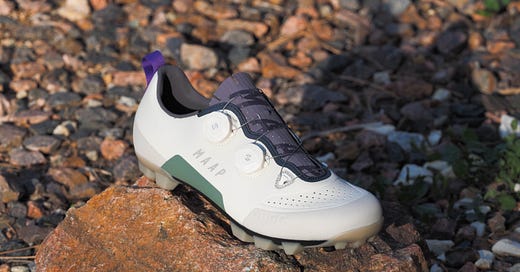


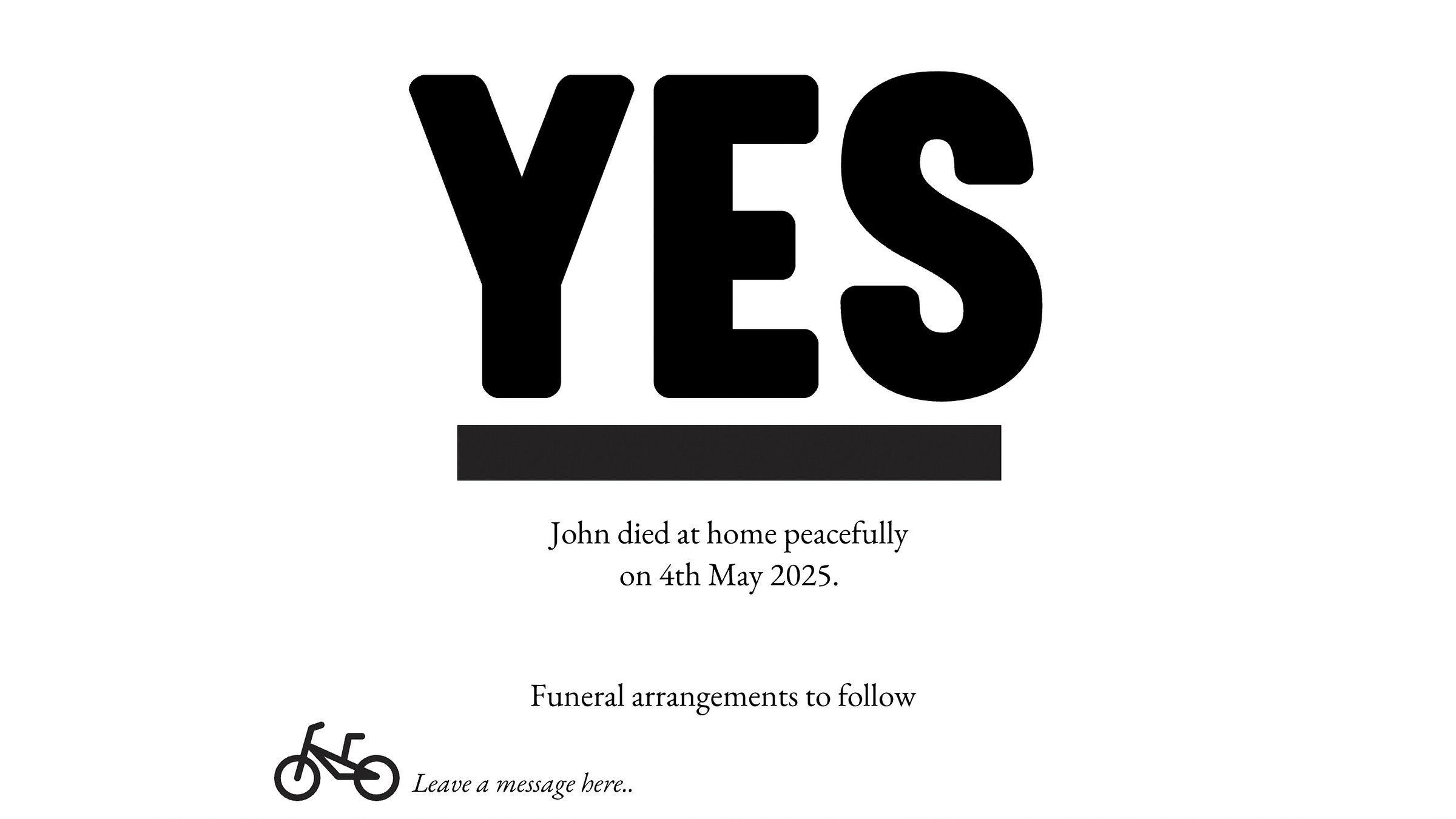

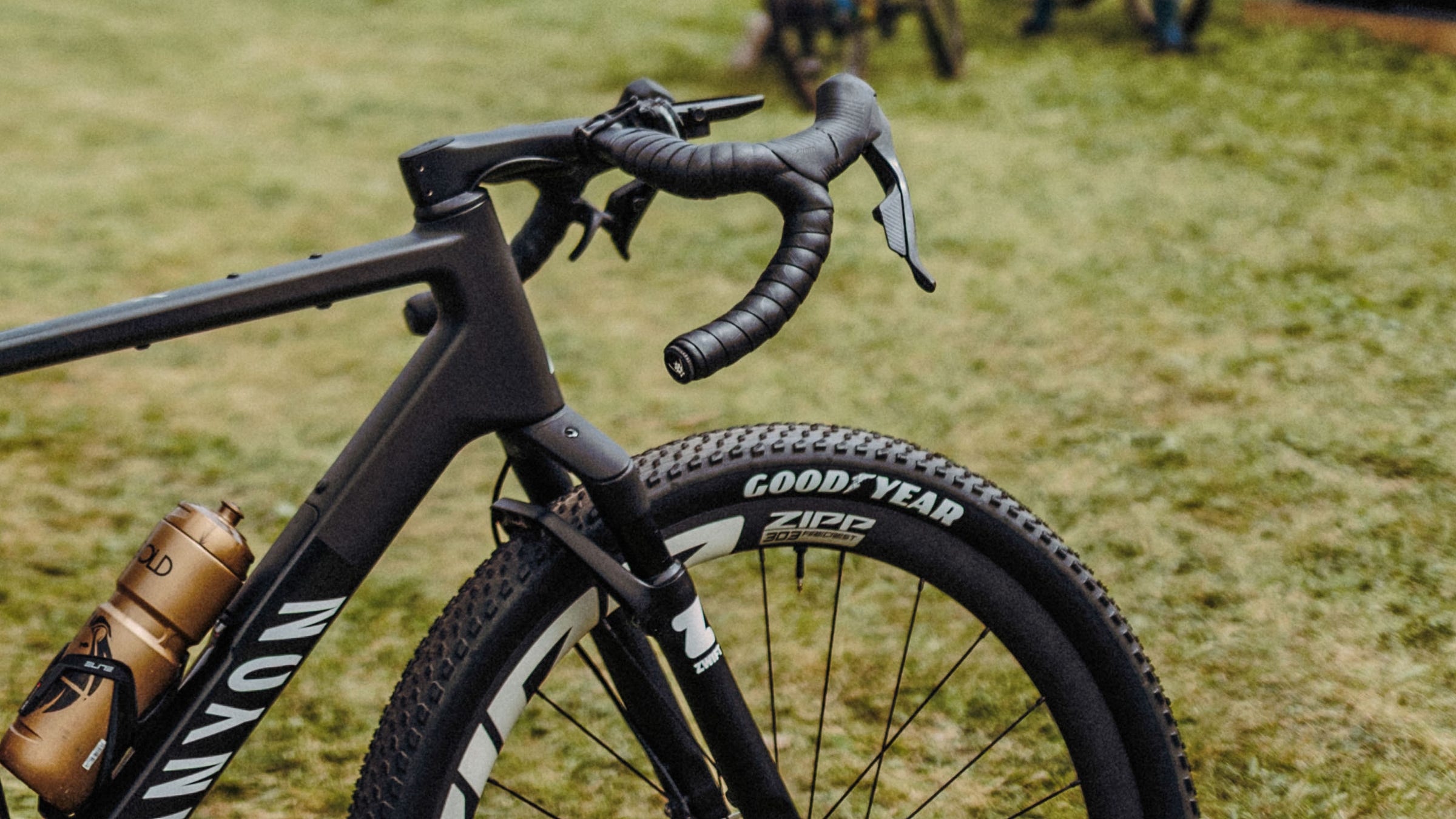

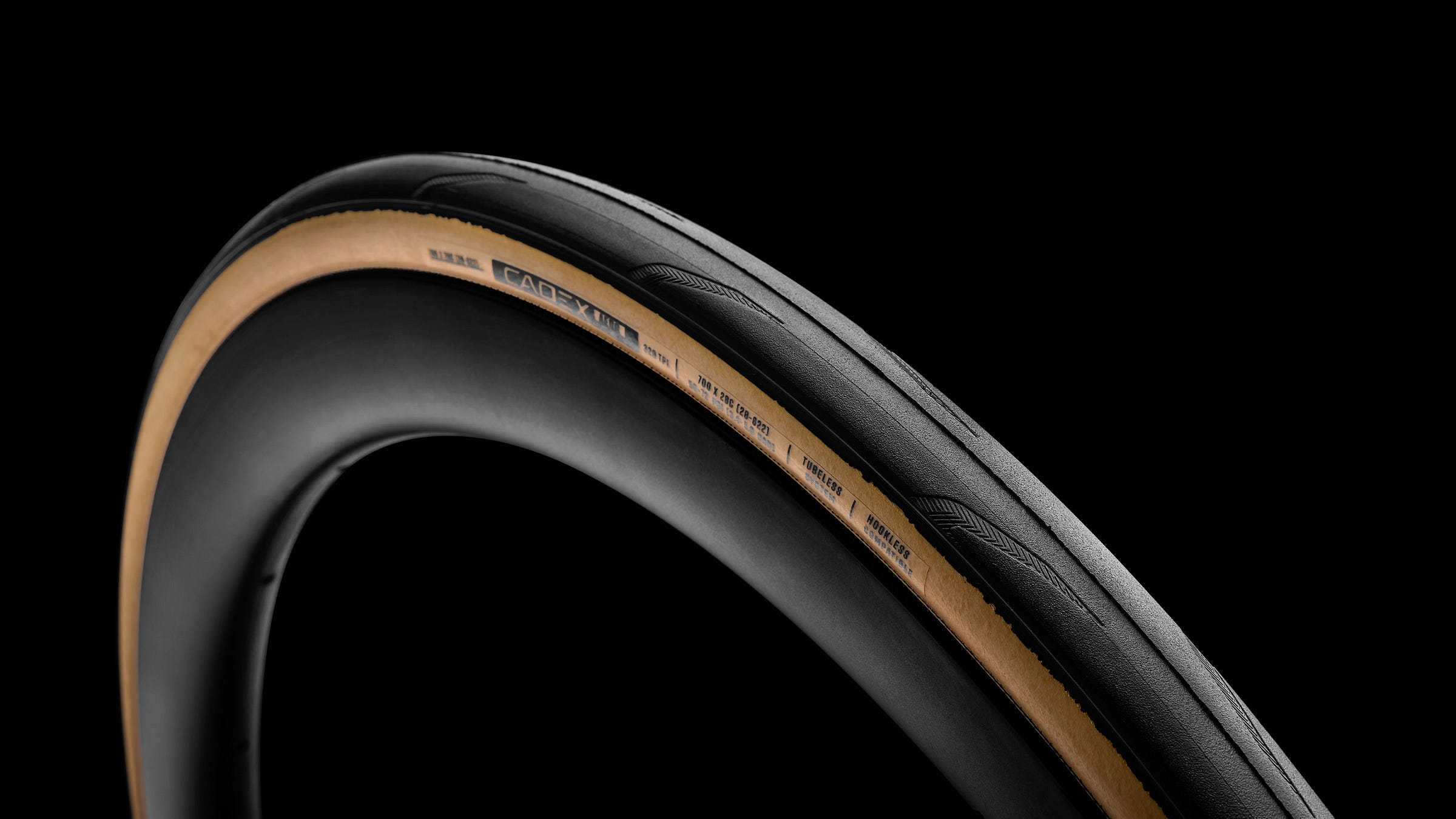
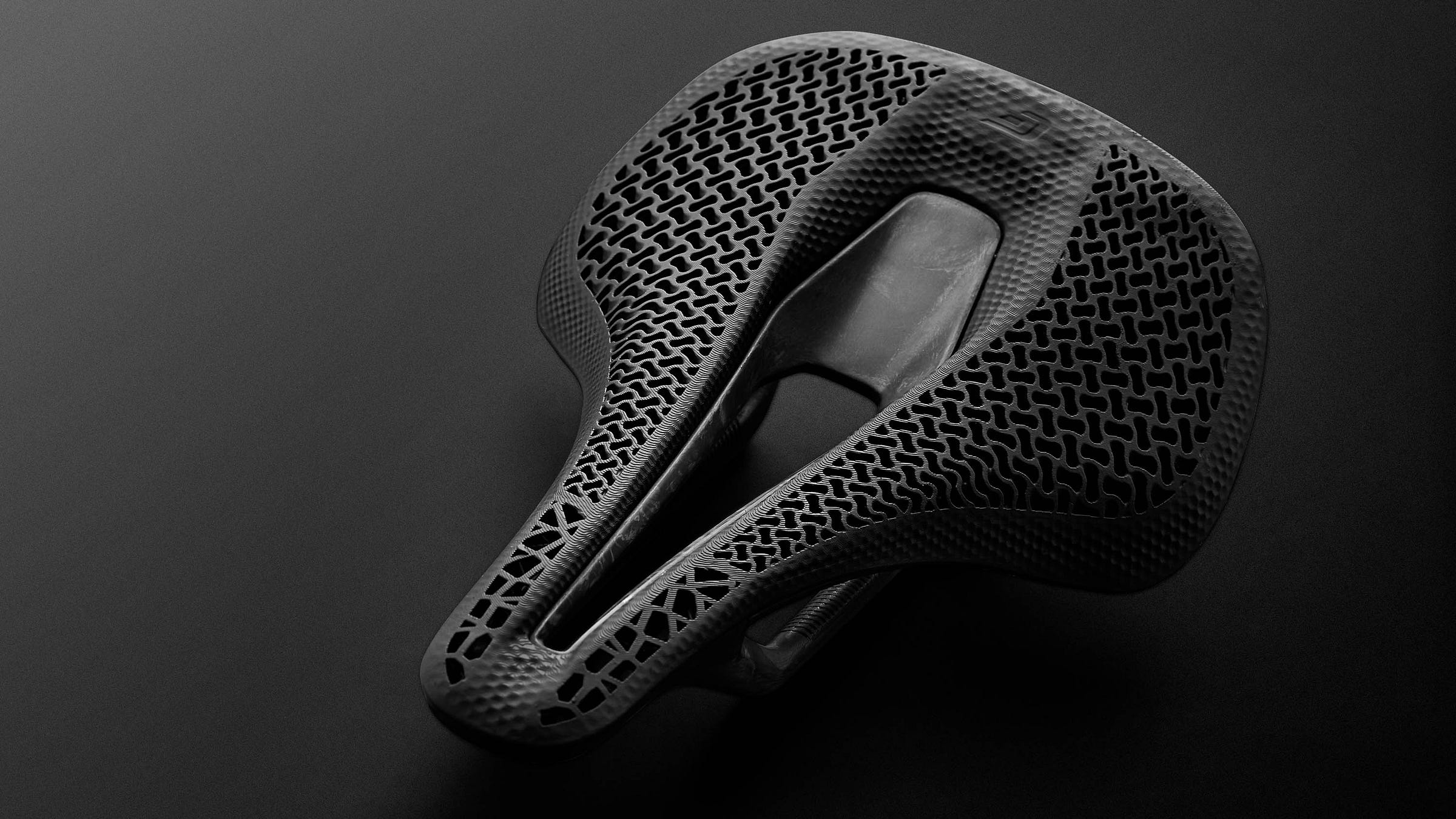
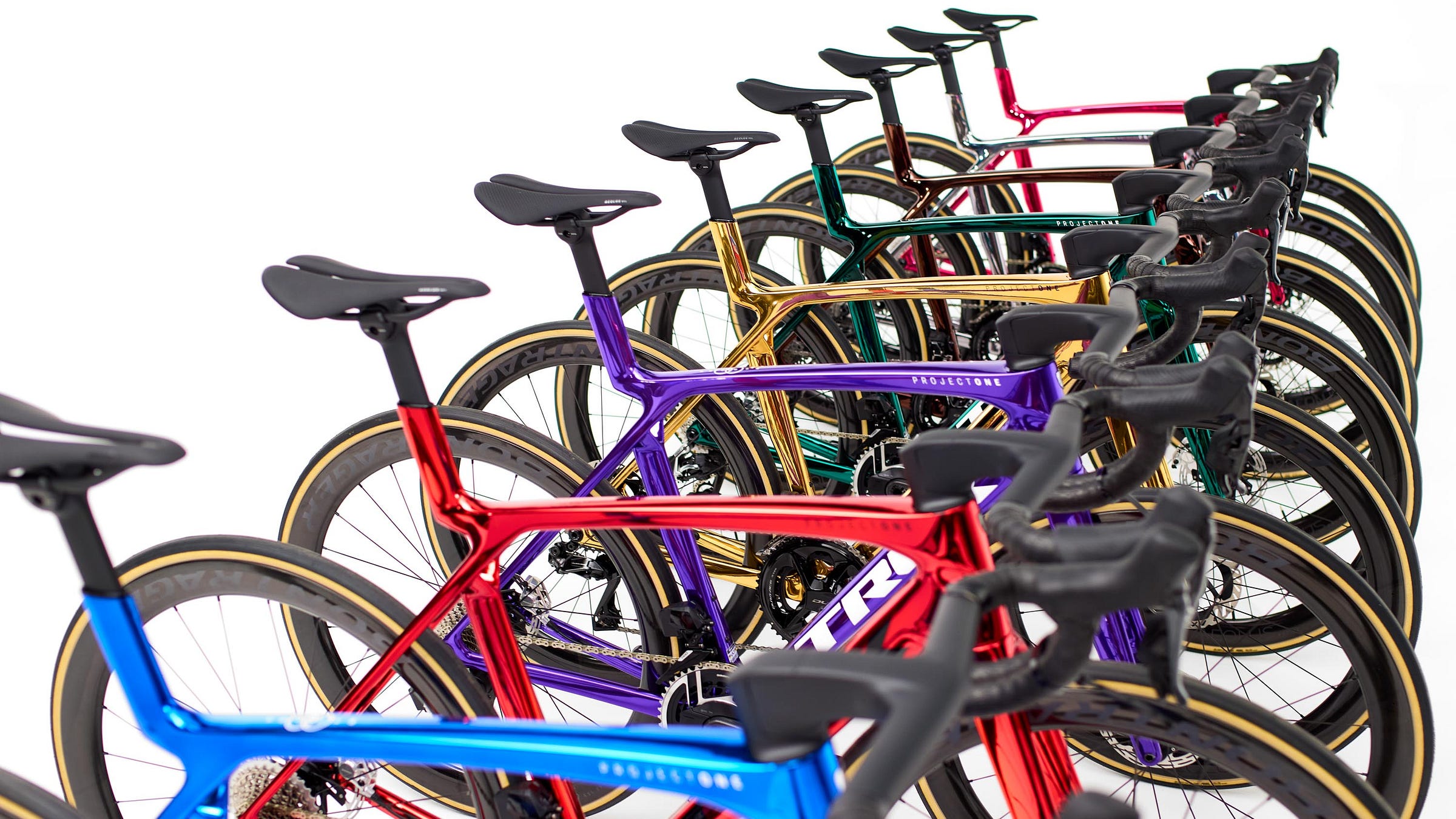
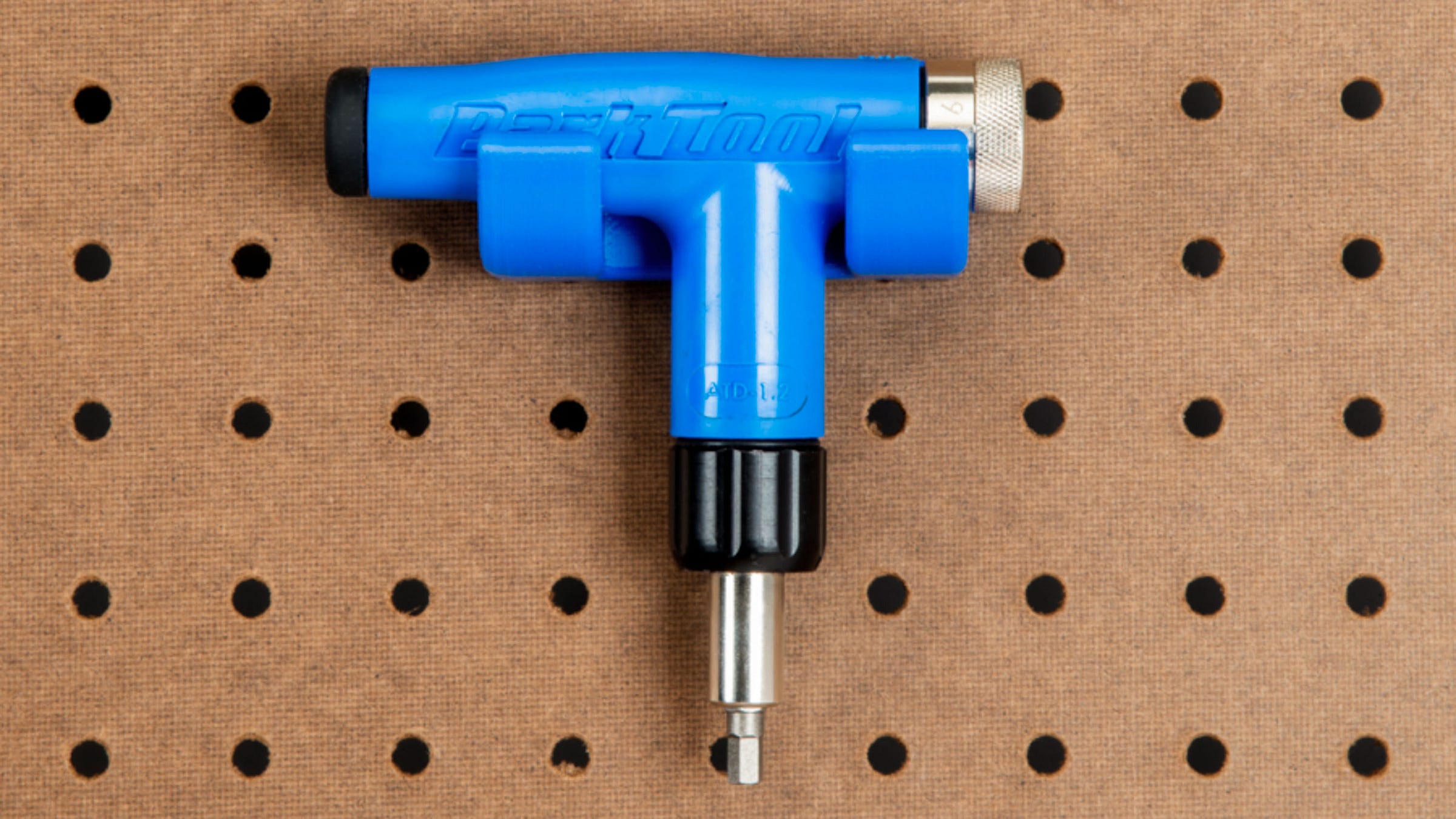
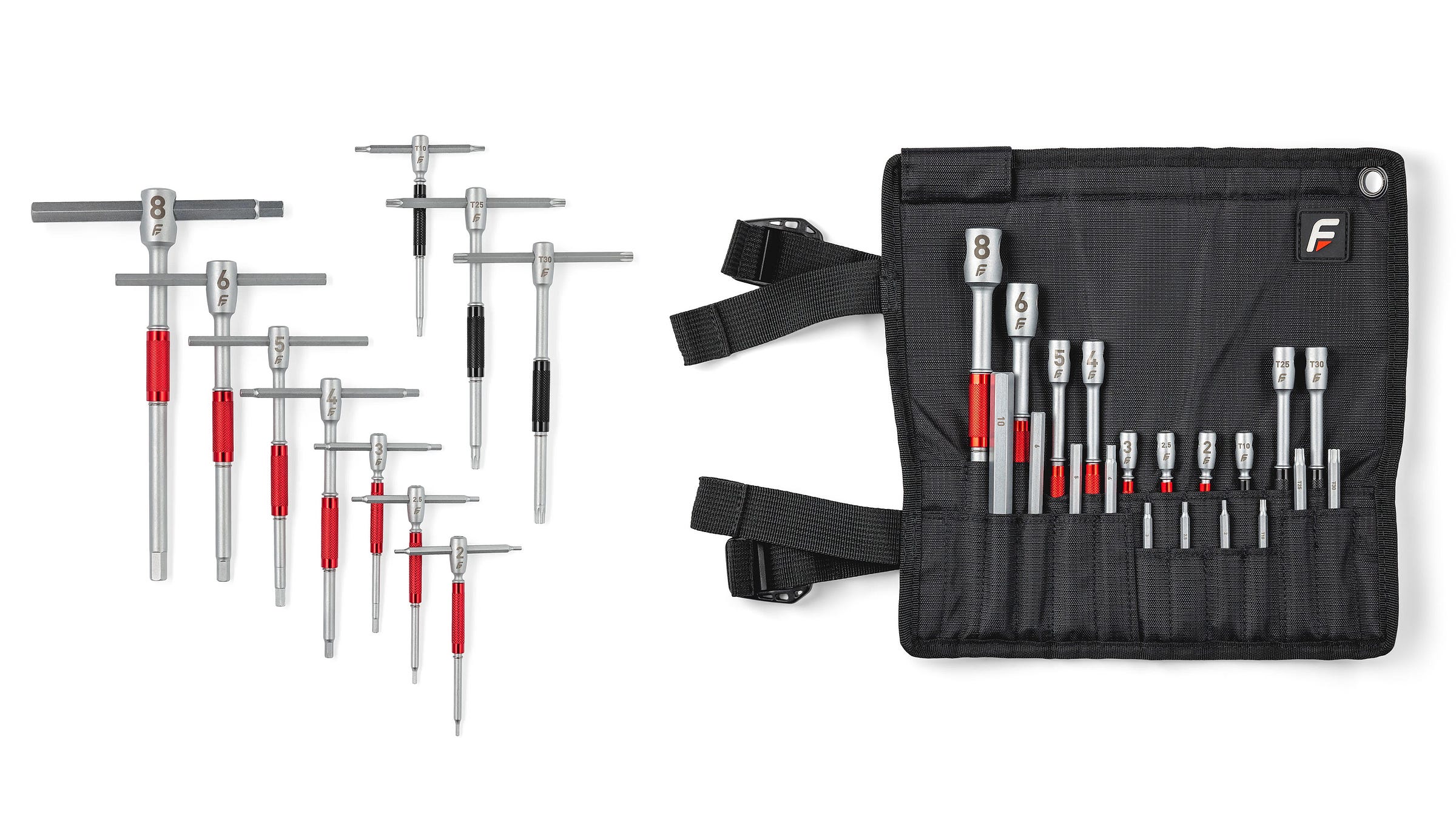
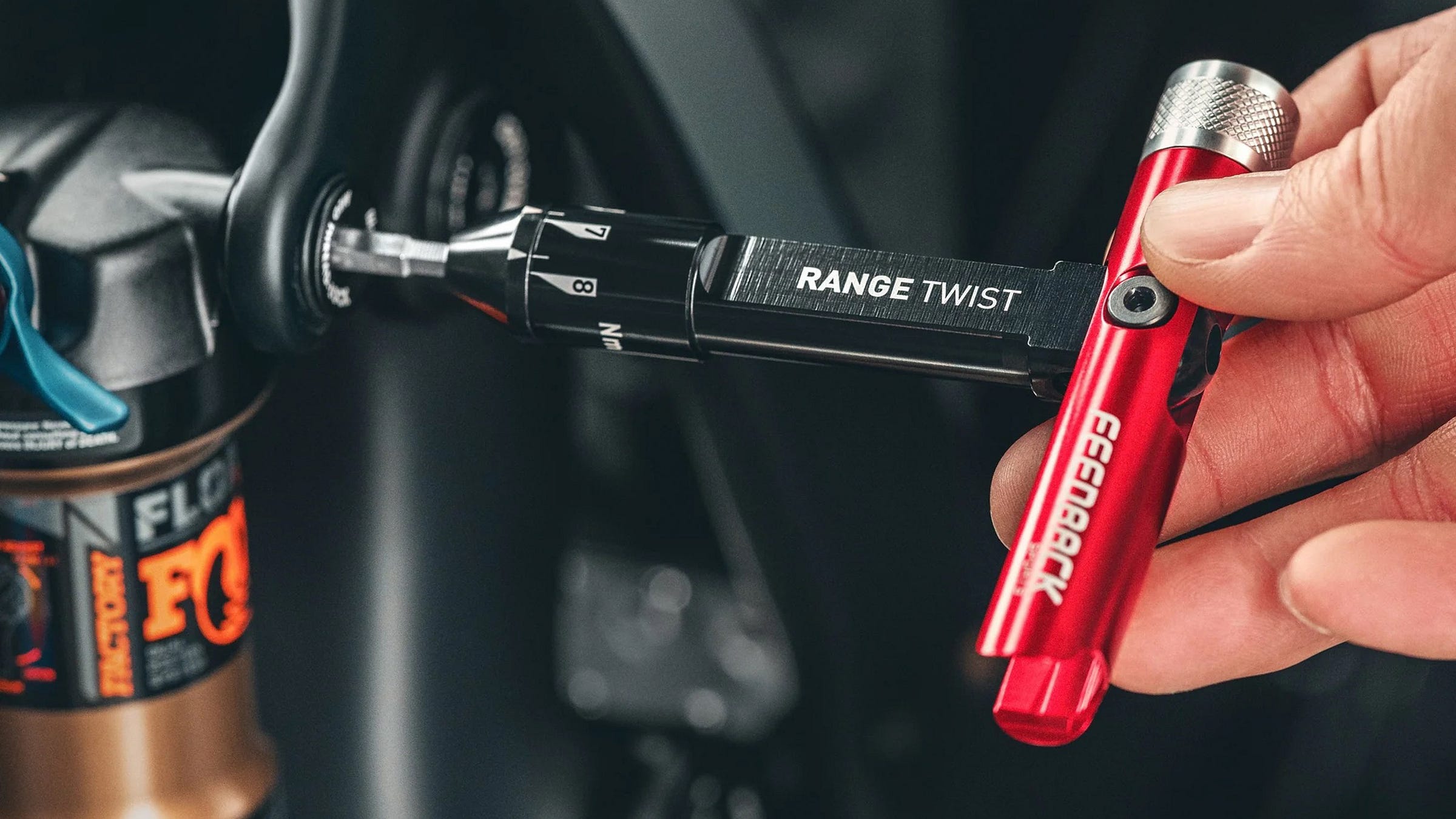

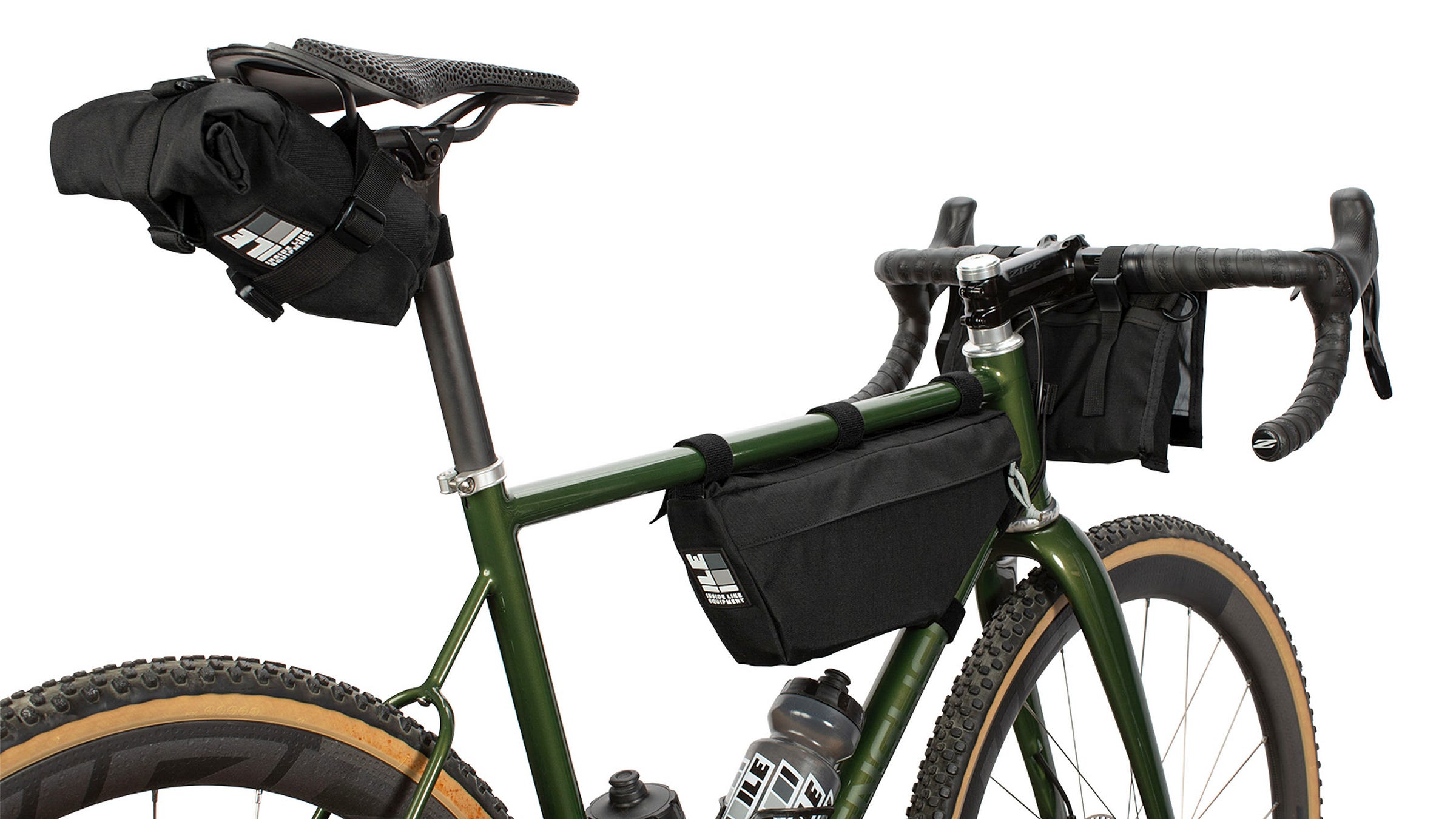
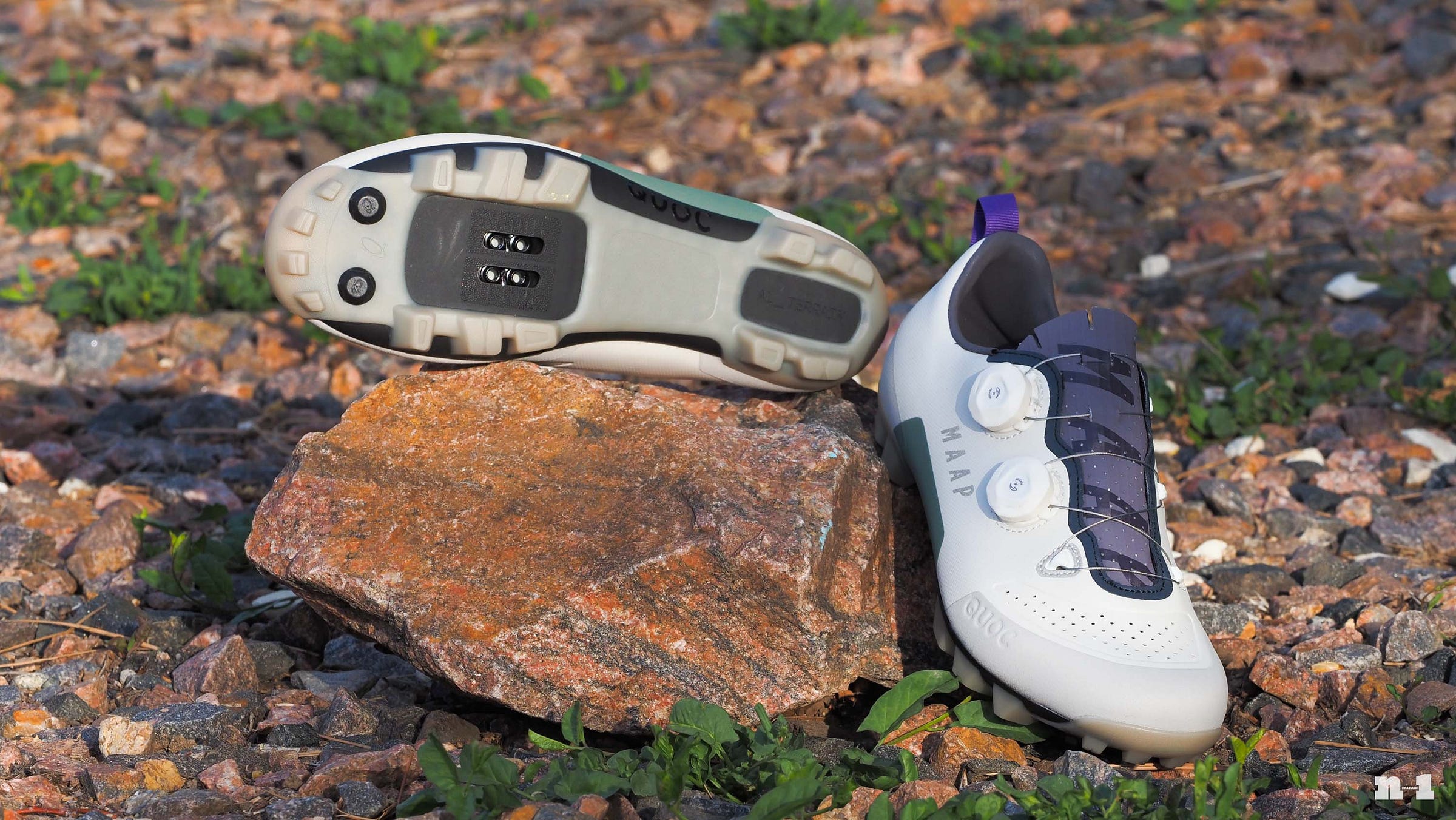
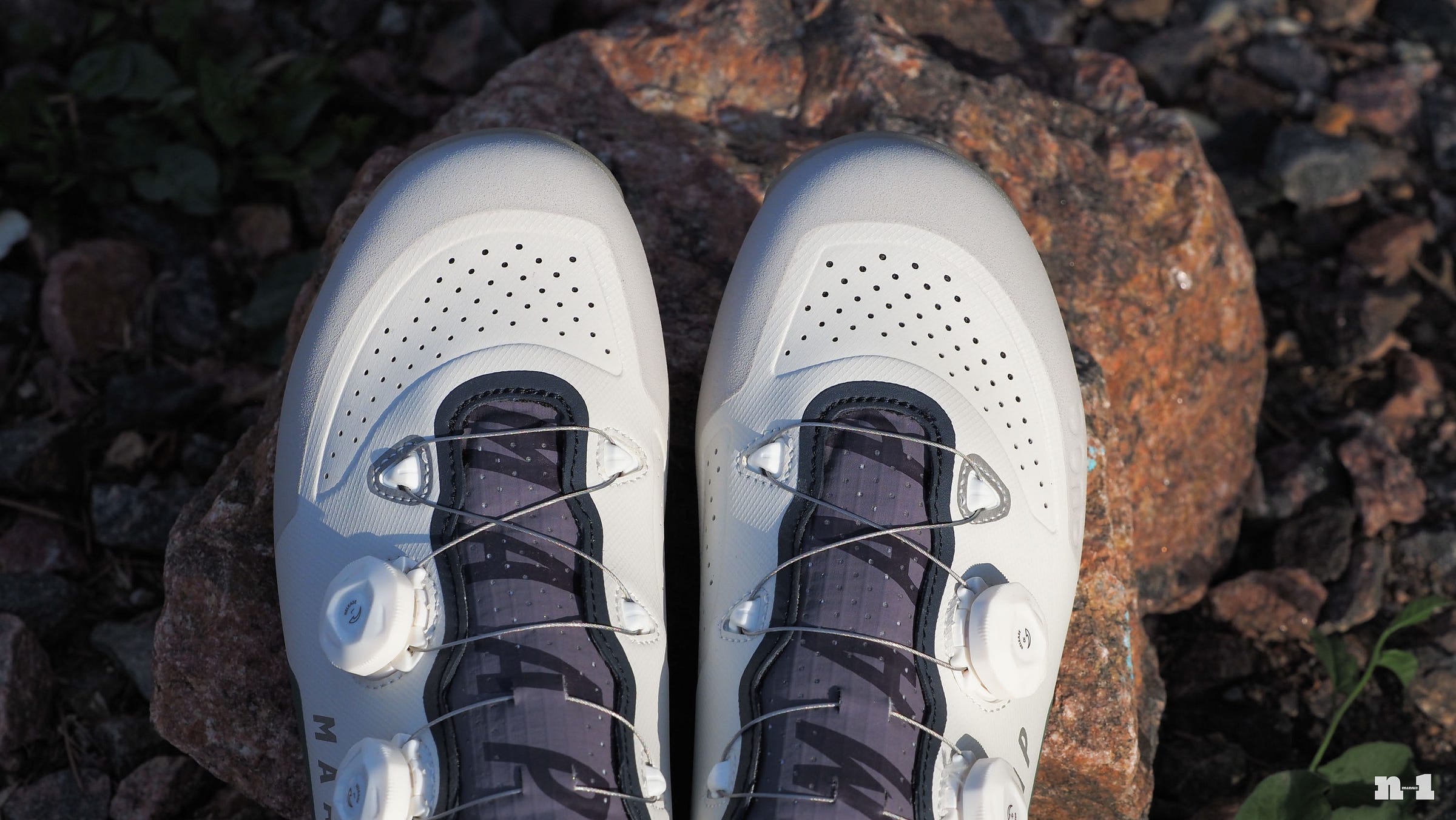

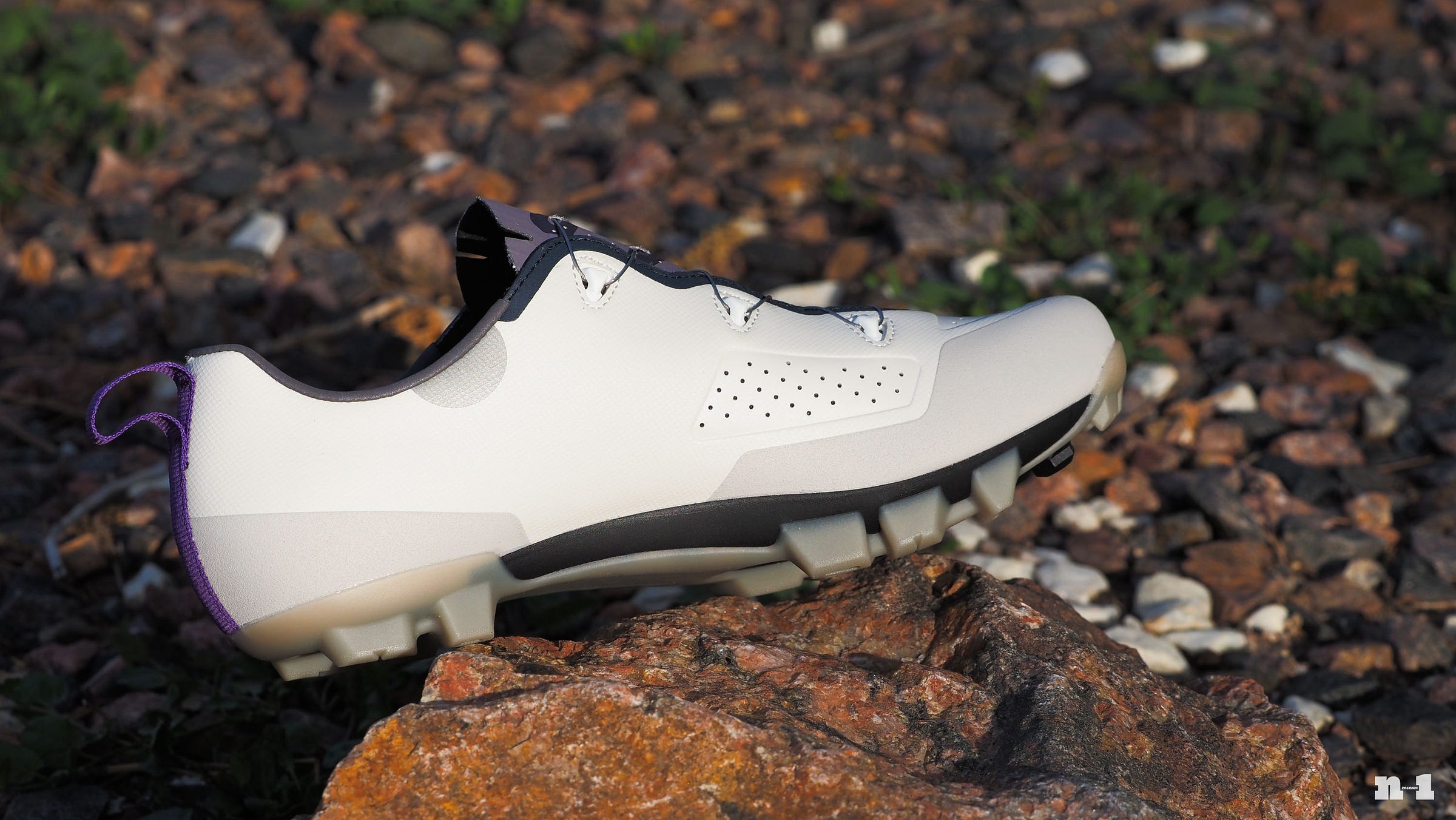

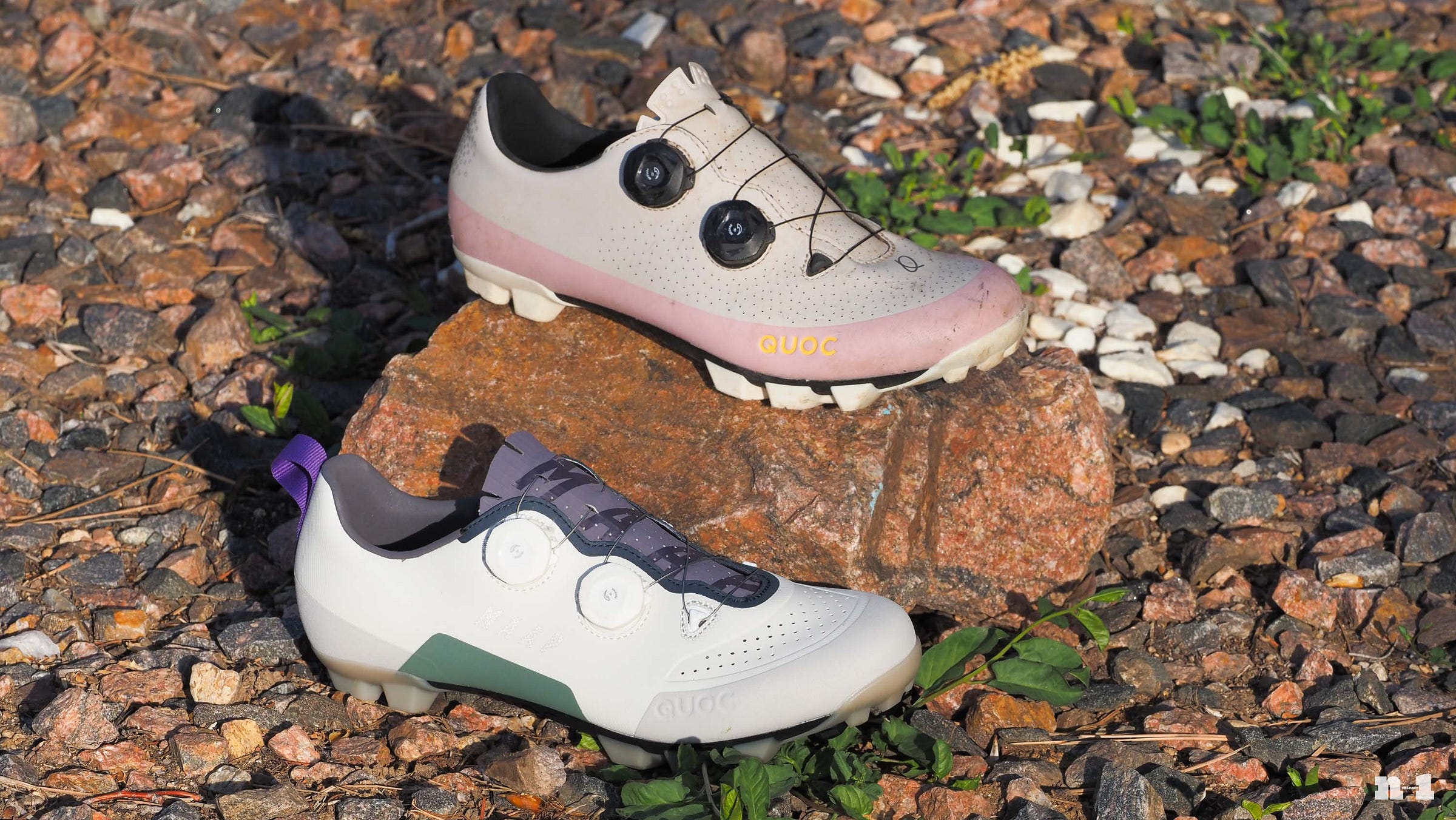

I encourage you to follow through with the Posedla evaluation and review, where you’ll learn that Posedla also collects much other important information such as age, height, weight, type of cycling, typical position, etc. and combines it with your customized 3D butt model to create what I have found to be a superbly comfortable saddle. It will be interesting to read your expert review.
Great work, as always. Two questions I'd love to get your take on:
I own several sets of Hope Evo cranks, but I cannot for the life of me find a crank boot that fits. I tried All Mountain Style, and these are just a bit too large. They are made from a rigid plastic that moves around a bit, and the rubbing is wearing off the anodization. I just bought a bunch of RaceFace Era cranks, and these are MUCH too large. Frustratingly, there is a UK 3D printing company that makes boots, but even before tariffs, they didn't ship to the US. I would love some crank boots that fit, and preferably with color options.
I recently bought three OneUp V3 droppers, and unfortunately their torque spec is only 4 nm. I'm a pretty big rider, and on two of my bikes, these droppers slide down into the frame like crazy. It's not too bad on my aluminum frame, but on my carbon e-bike frame, it's incessant. Even applying carbon assembly paste to the dropper (which has marked it up nicely, of course) and torquing to 6 nm (the frame's max torque spec) hasn't solved the problem. I didn't have this problem with the previous Bontrager dropper, and I don't have the problem on my carbon trail frame, which has a proprietary seat clamp that is larger and has a more effective clamp for its (the frame's) max torque spec of 5 nm.
I'm at my wit's end with this latter, any suggestions would be much appreciated.